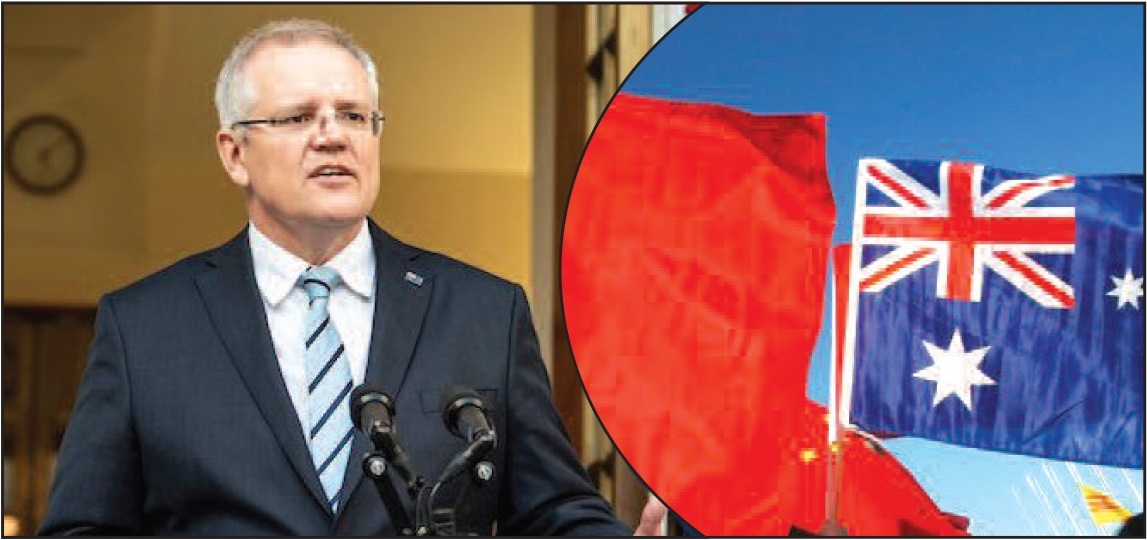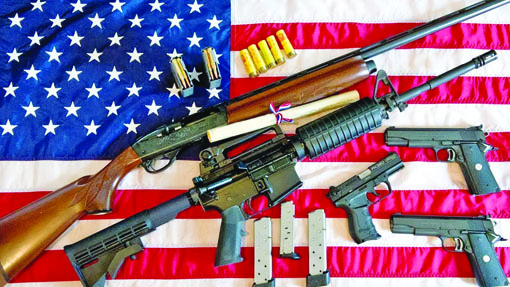Belgrade/Moscow: ‘What is happening in Serbia is part of the hybrid war. With all the forces united against the Serbian government, they are working on two fronts in a coordinated and planned manner. The events happening in Kosovo are part of this effort. At the same time, activities are ongoing in the Serbian capital to overthrow the regime by organising protests just like in Ukraine’, alleged Russian Ambassador Alexander Botsan-Kharchenko. At the same time, the spokesperson of the Russian Foreign Ministry has blamed the deployment of NATO in Kosovo as being the main cause of violence and tension in the region.
 The tension between Serbia and Kosovo, a part of the Balkan region, has continuously risen for the last few months. Last year, the Kosovo government began the crackdown by taking a decision against the citizens of Serbian descent. In protest, a strong reaction emerged from the population of Serbian descent, who form a minority in Kosovo. Also, the protests initiated by the Serbs for their rights had taken a violent turn. Tensions eased briefly after the Serbian government objected to the Kosovo decision.
The tension between Serbia and Kosovo, a part of the Balkan region, has continuously risen for the last few months. Last year, the Kosovo government began the crackdown by taking a decision against the citizens of Serbian descent. In protest, a strong reaction emerged from the population of Serbian descent, who form a minority in Kosovo. Also, the protests initiated by the Serbs for their rights had taken a violent turn. Tensions eased briefly after the Serbian government objected to the Kosovo decision.
In April this year, the Kosovo government held local mayoral elections violating an old agreement. The ethnic Serbian minority boycotted these elections. As a result, mayors and members of other ethnicities were elected in these elections. But the Serbians strongly opposed these mayors and members and reinitiated protests. In some parts of Kosovo, the police cracked down heavily on these protests.
But even after that, the ethnic Serbs have refused to back down, with protests taking a violent turn. Due to the failure of the local police to stop these protests, NATO peacekeepers were deployed here. Angry Serbs also attacked NATO units. Many soldiers of NATO units are said to have been injured in the attacks. After this incident, NATO, Europe and the US took serious note of the violence in Kosovo and announced the deployment of additional troops there.
On the other hand, the Serbian government, having deployed its military units on the border of Kosovo, has ordered them to be on ‘high alert’. Sources have also indicated that the Serbian Army will take action in Kosovo for the safety of the Serbs. As tensions rise on the border, protests against President Aleksandar Vucic are ongoing in Belgrade, the capital of Serbia. The resignation of some ministers and officials of the government, including President Vucic, is being demanded by using the two ‘mass shooting’ incidents in Serbia as an excuse.


Aggressive reactions are emerging from Russia on the developments between Serbia and Kosovo. The Russian Ambassador to Serbia pointed to Western involvement by alleging that attempts to topple the government were underway, just like in Ukraine. At the same time, Maria Zakharova, spokeswoman for the Russian Foreign Ministry, claimed that NATO deployment was the main reason behind the tension between Kosovo and Serbia. A few days ago, President Aleksandar Vucic made a serious allegation that efforts were underway to bring about a ‘colour revolution’ in the country, as Europe and Western countries are adding to tensions in Serbia over the issue of Kosovo.
Serbia, Montenegro, Bosnia-Herzegovina, North Macedonia and Kosovo are the countries formed after the disintegration of Yugoslavia in the last century. Kosovo is a province separated from Serbia, but not all countries of the international community have given independent recognition to Kosovo. The US and Western countries are constantly pressurising Serbia over this issue. After increasingly pressurising Serbia over the Russia-Ukraine conflict, the EU even threatened Serbia to choose between Russia and the EU.
हिंदीClick below to express your thoughts and views on this news:
| https://twitter.com/WW3Info | |
| https://www.facebook.com/WW3Info |










